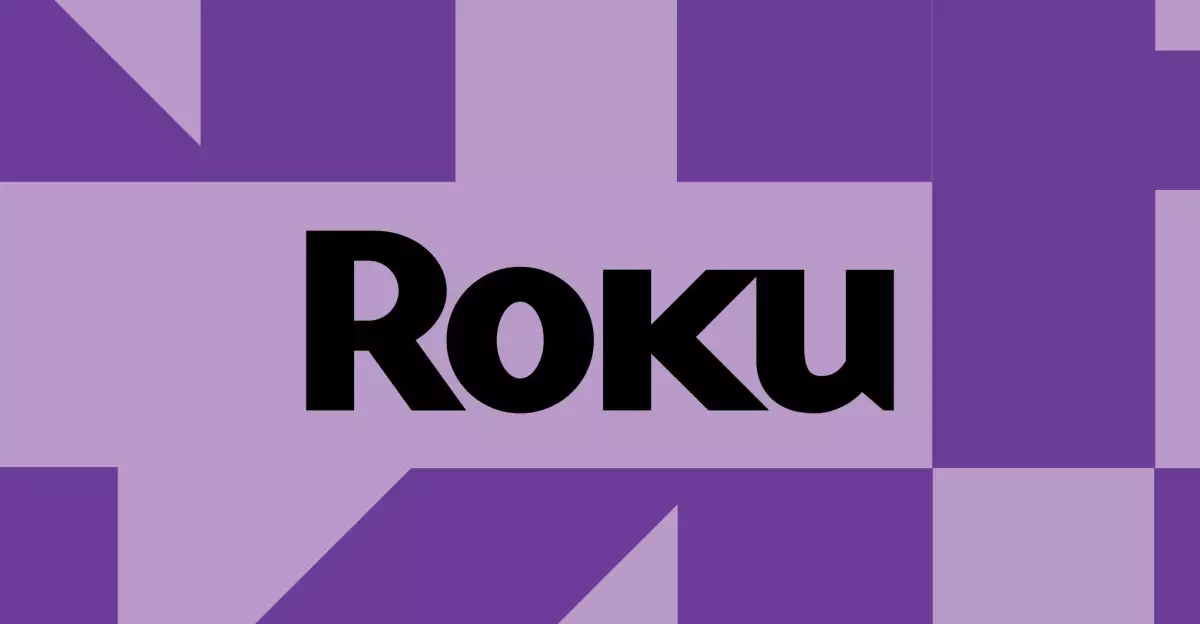In the ever-evolving world of streaming technology, software updates are typically welcomed as enhancements designed to improve user experiences. However, Roku’s recent update has not just left users scratching their heads; it has turned vibrant HDR streams into drab color palettes, leading to widespread dissatisfaction among viewers. This unfortunate twist highlights a critical aspect of technology: not all updates yield positive results. For those who bask in the allure of High Dynamic Range (HDR) content, this predicament symbolizes a serious setback. With reports emerging around the issue primarily stemming from Disney Plus, the implications extend far beyond a single app, igniting concerns across multiple platforms.
User Reports: The Scattered Experiences
Roku users are vocal and active, especially when their viewing experience is compromised. As a weekend editor, Wes Davis notes how this community took to Roku’s issue tracking board to voice complaints. Initially centered on Disney Plus, user reports soon revealed a broader trend, suggesting problems with nearly every streaming application on both TCL and Hisense Roku TVs. The shared experiences on social media indicate a chaotic scene where formerly vibrant images have morphed into dull, grayish visuals, reminiscent of a faded photograph. Such a fundamental change can detract from the joy of streaming, converting anticipated cinematic moments into disappointing encounters.
Identifying Patterns: The Affected Devices
From comments on the issue tracking board, it appears most affected users own TCL and Hisense Roku TV models, both operating on software version 14.5. With HDR technology designed to create visually stunning images, the contrast with the washed-out visuals reported is staggering. Users have stated that while HDR appears compromised, standard content does not exhibit similar issues, leading many to conclude this is not a universal hardware malfunction, but rather a flaw introduced by the software update itself. Observers have even pointed out that HDR signals from external devices like the PS5 or 4K Blu-ray players remain unaffected, reinforcing the notion that Roku streaming is the primary culprit.
The Extended Problem: More Than Just Disney Plus
While the initial outcry was related to HDR content on Disney Plus, the problem quickly expands to touch major players like Netflix, YouTube TV, Amazon Prime Video, and Apple TV Plus. This rapid escalation suggests a systemic issue within Roku’s software rather than isolated hiccups with certain apps. Content that should burst with life instead often appears flat and lifeless, a frustrating experience for users who have specifically invested in HDR technology for its promise of rich, stunning visuals. Such reports evoke a sense of urgency among users, spurring discussions about alternatives to Roku or even downgrading software versions—a drastic measure for many.
Your Viewing Experience at Stake
The brewing chaos surrounding Roku’s HDR mishap suggests a deeper problem in product lifecycle management within the tech industry. As users grow accustomed to regularly improved experiences, the fallout from this update begs the question: how often do companies learn from their mistakes? Tech enthusiasts champion the power of software updates, yet this incident serves as a cautionary tale—showcasing that advancements can backfire with significant repercussions. After all, what value does an update hold if it diminishes the very features that consumers desire?
The blend of excitement and frustration shared by affected users exemplifies a larger issue in technology that consistently goes unsolved: the balance between rapid innovation and ensuring quality. Streaming services rely heavily on their ability to deliver captivating visuals; when those visuals fall short, it’s not just a technical mistake, but a fundamental breach of consumer trust. As Roku navigates these murky waters, it becomes increasingly clear that user engagement should remain at the forefront of improvement strategies.
In the competitive sphere of streaming technology, maintaining vibrant, high-quality content is paramount. With a rapidly shifting landscape, companies like Roku must heed their users’ concerns; otherwise, they risk losing a loyal user base to competitors who understand the value of user experience. With HDR technology representing the future of visual entertainment, it is crucial for companies to align their software enhancements with user expectations and quality standards. The ongoing situation will determine not only Roku’s reputation but will shape consumer trust in future updates across the industry.

